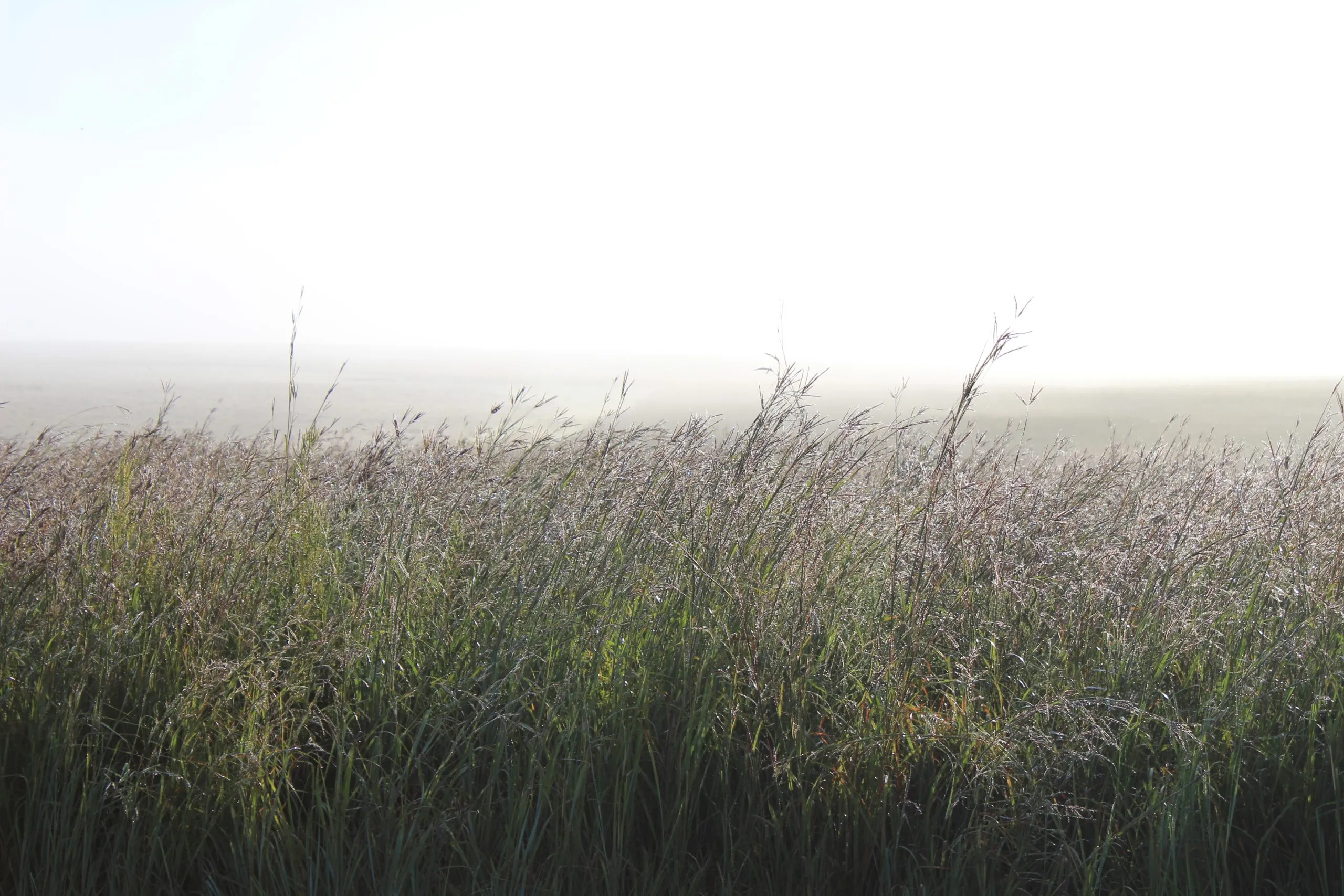
Asylum Insane Deer Bedding
Asylum Insane Deer Bedding
Asylum - Insane Deer Bedding Mix is an absolute must if you are wanting to maximize the potential of your deer herd! Comprised of carefully selected native grass varieties designed to provide superior bedding and escape cover for whitetail deer. Mixture of perennial warm season native grasses
- Growing Region: North America
- Blooms:
- Life Form:
- Application Type: Conservation Products, Conservation Products
- Height:

Austrian winter pea
Pisum sativum ssp. arvense
Climbing nitrogen-fixing annual legume with white to pink flowers, closely related to the garden pea. Prefers fertile, light-textured, well-drained soils; sensitive to salinity and high acidity. Water efficient and cold tolerant. Rapid and abundant forage producer with low bloat potential. Use for hay, silage, green manure or in wildlife food plots. May be grazed but easily damaged by trampling. Often seeded with cereal crops, especially Oats (Avena sativa), for climbing structure and to improve hay nutrition. May be fall-seeded, but also may be seeded in spring as a summer annual. Early and long blooming period attracts beneficial insects, honeybees and native pollinators. Some varieties are semi-leafless, with vining tendrils that replace leaflets and aid in upright growth and improved harvest.
- Growing Region: North America
- Blooms:
- Life Form: Forb
- Application Type: Agriculture Products, Agriculture Products
- Height: 4+ ft
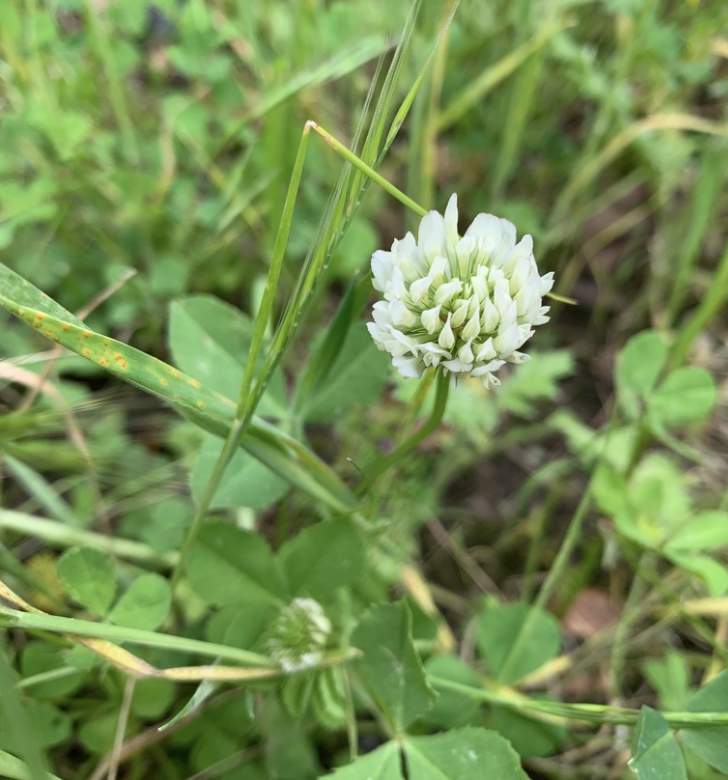
Balansa clover
Trifolium michelianum
Extremely productive, nitrogen-fixing winter annual legume with small white-pink flowers. Grows on heavy clays to moderately sandy soils. Tolerant of acidity; mildly tolerant of salinity. Mature plants are tolerant of waterlogged soils and short periods of flooding. Prostrate, hollow stemmed plants form a dense, highly productive mat of extremely palatable forage. Use as cover crop, pasture, wildlife food plots, hay or silage, either in a monoculture or mixed with other species. Germinates quickly. Persists even under continuous, intensive grazing. Readily reseeds itself when allowed to set seed. Attractive pollinator and honeybee plant.
- Growing Region: Southeast, Midwest
- Blooms: Spring
- Life Form: Forb
- Application Type: Agriculture Products, Agriculture Products
- Height: 4+ ft

Brassica Plus
n/a
Brassica Plus will provide sweet forage content after a period of frost, giving your deer herd a food source they can’t resist. Annual Ryegrass provides early forage while giving the other species time to establish. This mix can be planted in the spring for high forage volume, but for higher quality forage plant in the fall.
- Growing Region: North America
- Blooms:
- Life Form:
- Application Type: Agriculture Products
- Height: 1-3 ft

Crimson clover
Trifolium incarnatum
Short to medium statured, nitrogen-fixing annual legume with long bright scarlet flowers. Prefers fertile, well-drained sand to clay soils. Intolerant of poor drainage and high alkalinity. Acidity tolerance is higher than White clover (T. repens) and Red clover (T. pratense). More productive at lower temperatures than most other clovers; popular winter annual pasture in many southern states. Use for hay, pasture and as a silage companion crop. Less bloat risk than white clover or Alfalfa (Medicago sativa). Also use for firebreaks, green manure and as a self-seeding, weed suppressing cover crop in vineyards and orchards. Excellent in wildlife food plot mixes, including deer and wild turkeys. Flowers attract native bees, honeybees and beneficial insects. May become weedy, invading nearby areas; till, cut or graze before seed-set where necessary.
- Growing Region: Southeast, Midwest
- Blooms:
- Life Form: Forb
- Application Type: Agriculture Products, Agriculture Products
- Height: 1-3 ft
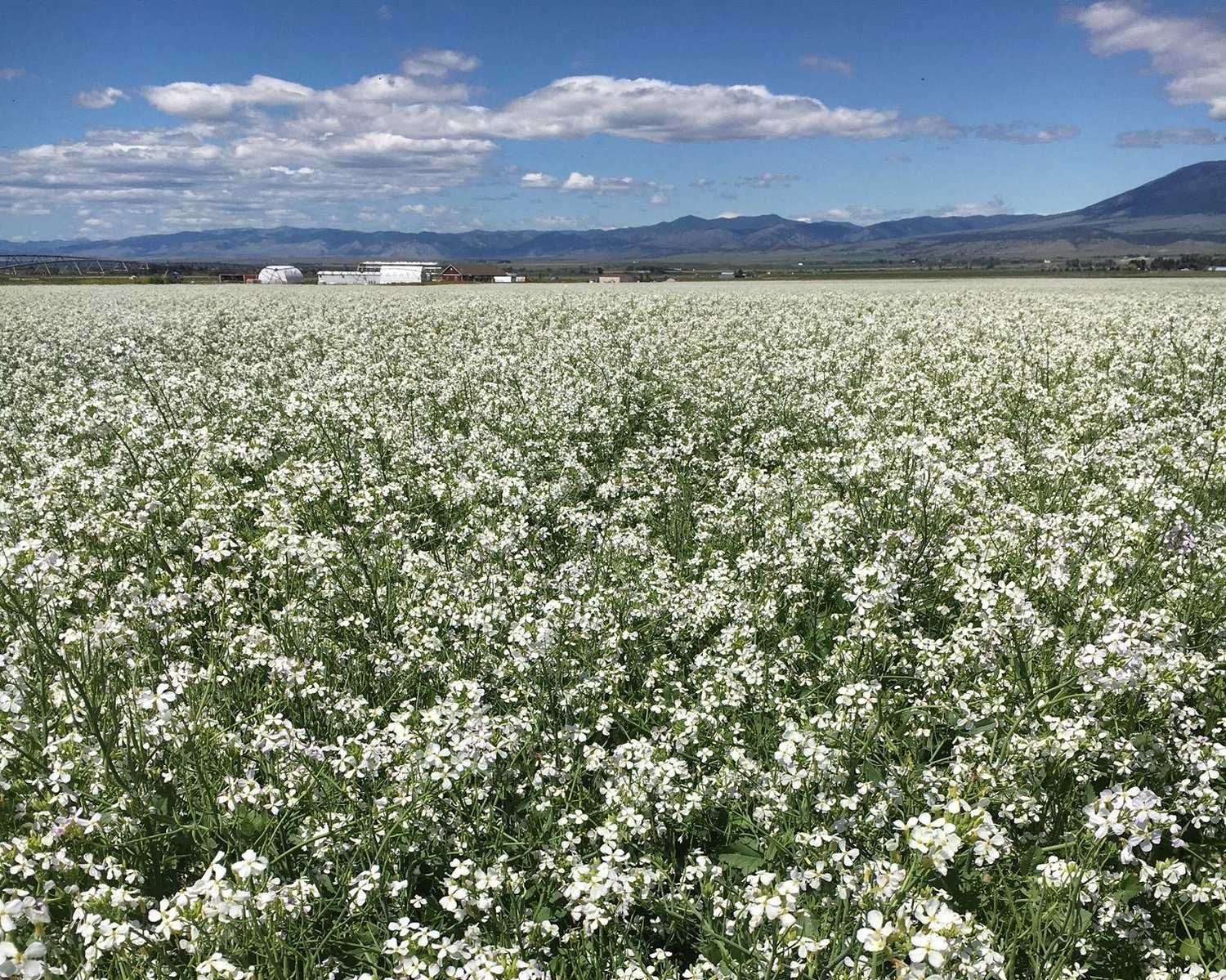
Daikon radish
Raphanus sativus var. longipinnatus
Also called Daikon radish. Cool season annual brassica with a single massive taproot (12-20+ in. long). Adapted to a wide range of soils; intolerant of waterlogged soils. Rapid germination and growth. Long taproot reaches deep into the soil profile to increase topsoil nitrogen and nutrient fertility the following spring. Use in crop rotations to penetrate compacted soils and improve water infiltration, soil aeration and the rooting depth of successive crops. Dense canopy suppresses weeds when planted in a monoculture. Also use in food plots. Grazing animals eat the leafy tops and the taproot. Varieties listed below.
- Growing Region: Pacific Northwest, Midwest, Southeast
- Blooms:
- Life Form: Forb
- Application Type: Agriculture Products, Agriculture Products
- Height: 1-2 ft
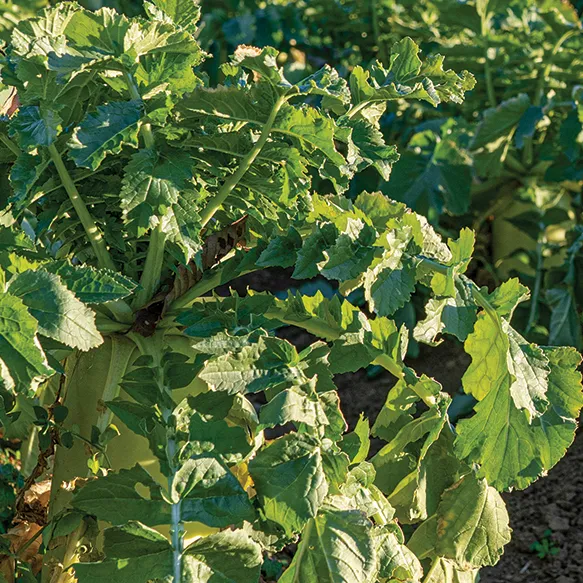
Forage Radish
Raphanus sativus
Cool season annual brassica with a single massive taproot (12-20+ in. long). Adapted to a wide range of soils; intolerant of waterlogged soils. Rapid germination and growth. Long taproot reaches deep into the soil profile to increase topsoil nitrogen and nutrient fertility the following spring. Use in crop rotations to penetrate compacted soils and improve water infiltration, soil aeration and the rooting depth of successive crops. Dense canopy suppresses weeds when planted in a monoculture. Also use in food plots. Grazing animals eat the leafy tops and the taproot.
- Growing Region: Pacific Northwest, Midwest, Southeast
- Blooms:
- Life Form: Forb
- Application Type: Agriculture Products, Agriculture Products
- Height: 1-2 ft
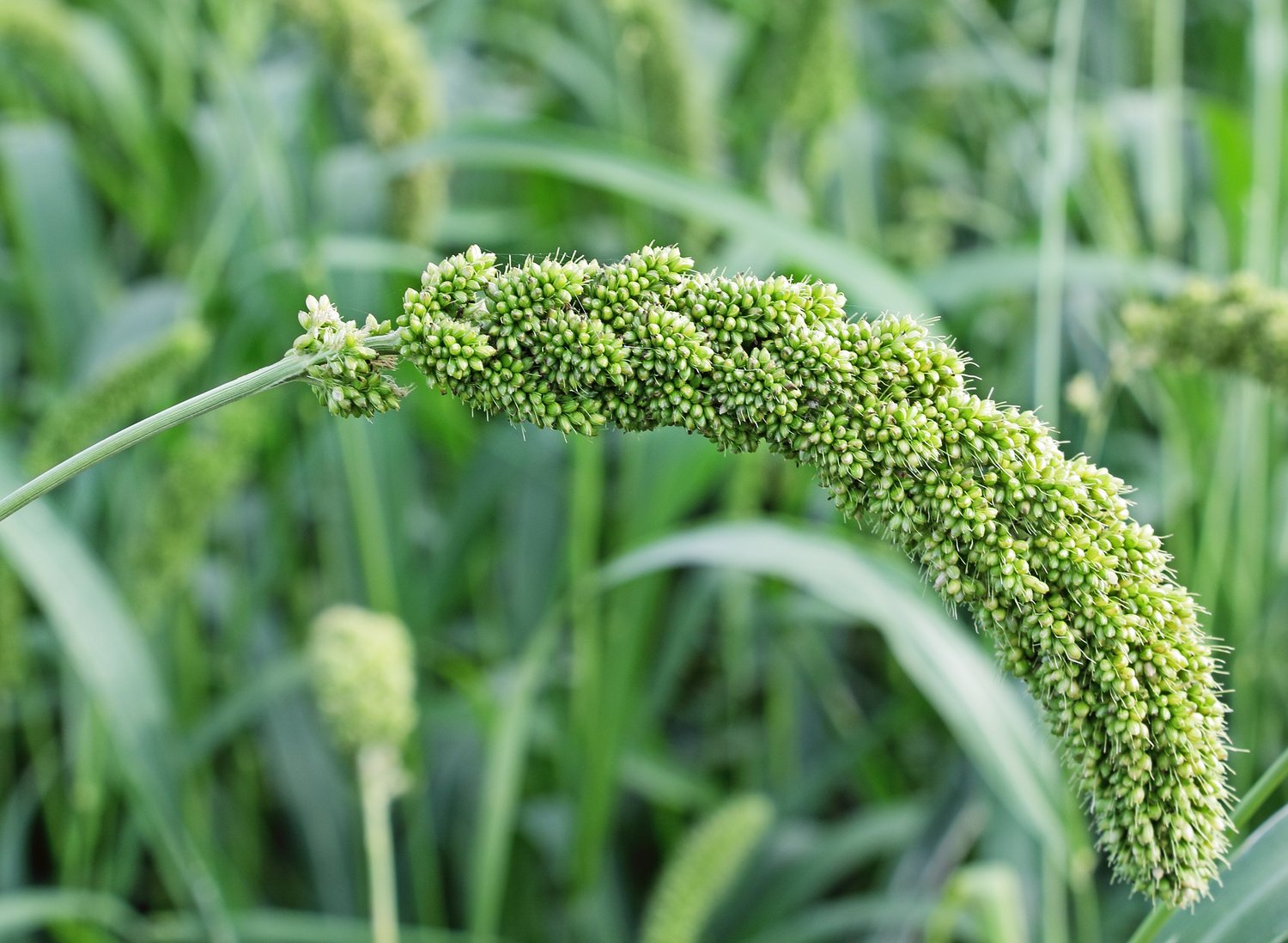
Foxtail millet
Setaria italica
Warm season, annual grass adapted to well-drained soils in Cool, semi-arid regions. Suitable for use at higher elevations. Shallow rooted and tolerant of highly saline soils. Primarily grown for single-cut hay and as a short-season emergency forage; palatable and nutritious. Excellent soil cover but may out-compete establishing perennials; can be used as a weed-suppressing smother crop. Seeds are a desired food for birds and small mammals.
- Growing Region: Midwest, Southeast
- Blooms:
- Life Form: Grass
- Application Type: Agriculture Products, Agriculture Products
- Height: 1-3 ft
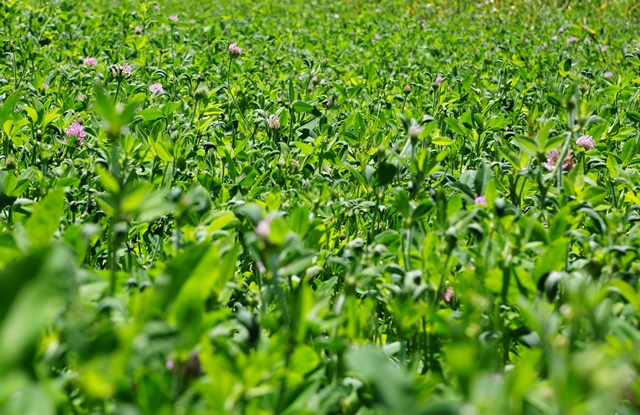
Full Potential
n/a
Full Potential is a perennial legume blend of the highest quality Alfalfa, and Premium Red and White Clover. Give your herd a high energy food source with this blend. It is also an attractive to pollinating insects such as bees and butterflies. This added attraction will also be beneficial for other game animals such as Turkeys who will feed on the bugs as well as the plants. Make this a year round destination plot to bring them where you want them to be! Shredding or mowing the first year is essential to a get a good stand because it helps eliminate competition from weeds. A selective herbicide such as Poast may be used to control grassy weeds in the 2nd year of the stand life.
- Growing Region: North America
- Blooms:
- Life Form:
- Application Type: Agriculture Products
- Height: 1-3 ft

Green Screen
n/a
Green Screen food plot screen can be planted to use as a visual barrier along roads, access paths to stands, or around tripod stands. Having a “Green Screen®” will help you get into the stand undetected. Green Screen® can also be used to create funnels to direct deer to a certain area such as a food plot. Planting around a the border of a food plot will help give deer a sense of security, making them more apt to come out in daylight hours. With some planning, you can plant in areas that you may want to place a ground blind later in the season. Deer may even turn to Green Screen as a food source in the winter months.
- Growing Region: North America
- Blooms:
- Life Form:
- Application Type: Land Beautification
- Height: 4+ ft

Hairy vetch
Vicia villosa
Vining, nitrogen-fixing winter annual or short-lived perennial legume with soft woolly stems and leaves and purple flowers. Adapted to a wide range of well-drained soils; intolerant of acidity and salinity. Suited to wetter soils and colder winters than most other winter-active legumes. More drought tolerant than other vetches. Fast growth for hay, pasture, silage or green manure. Highly palatable and nutritious. Often grown with annual forage grasses as climbing structure and to improve hay quality. Also use as a self-perpetuating, weed-smothering cover crop, in agricultural rotations and in orchards and vineyards. Attractive seed and nesting cover to doves, pheasants, quail and pigeons. Attracts bumble bees and beneficial insects. May become weedy, invading nearby areas; till, cut or graze before seed-set where necessary.
- Growing Region: Midwest, Southeast
- Blooms:
- Life Form: Forb
- Application Type: Agriculture Products, Agriculture Products
- Height: 1-4 ft
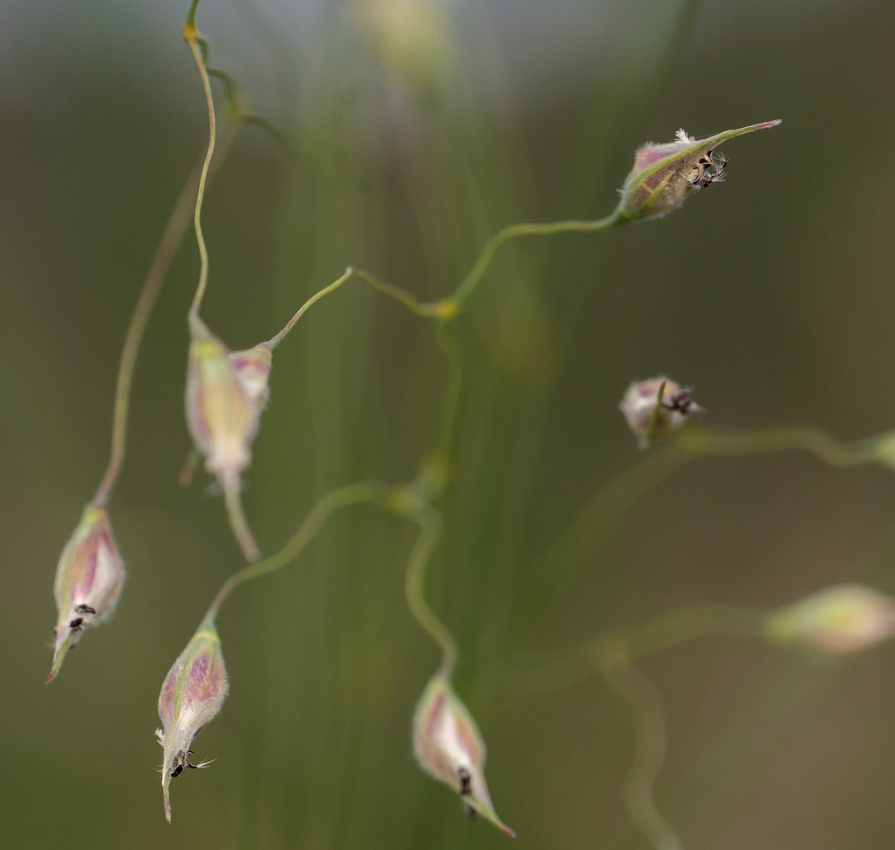
Indian ricegrass
Achnatherum hymenoides
Formerly Oryzopsis hymenoides. Densely tufted, Cool season, perennial bunchgrass, adapted to deep, well-drained soils. Tolerant of weakly saline and sodic soils. Very drought tolerant and winter hardy. Valuable for stabilizing sandy soils susceptible to wind erosion. Excellent for native restoration, rangeland improvement and disturbance reclamation. Often slow to germinate but good seedling vigor. Sometimes occurs as a dominant species. Forage is highly palatable and nutritious to livestock and wildlife. Seeds are sought by birds and small mammals.
- Growing Region: Southwest, Intermountain West
- Blooms:
- Life Form: Grass
- Application Type: Conservation Products, Conservation Products, Erosion Control
- Height: 1-3 ft
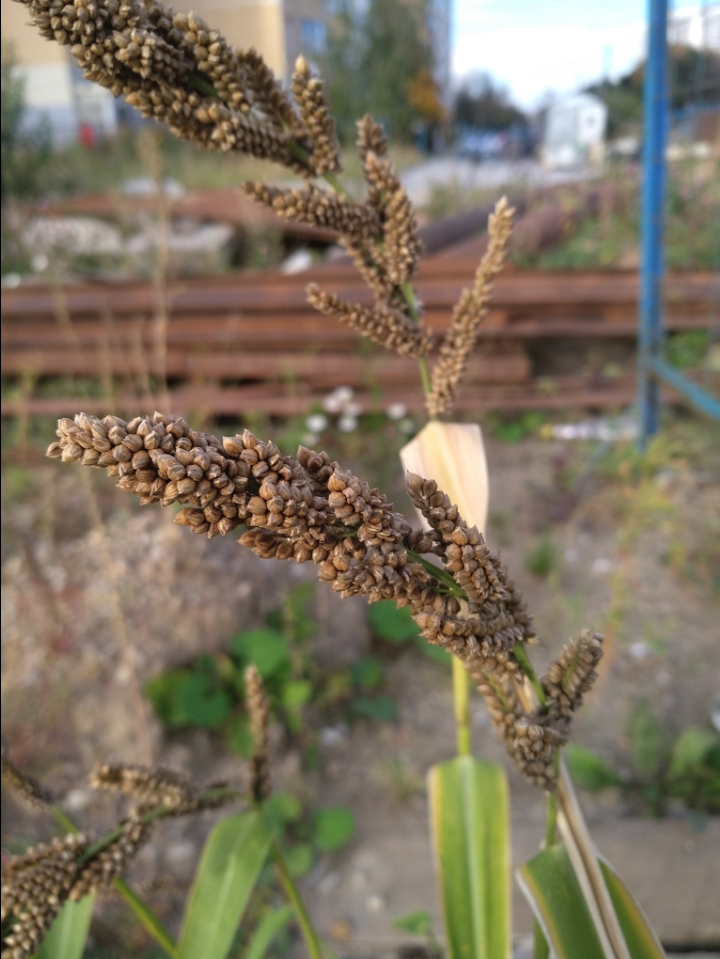
Japanese millet
Echinochloa esculenta
Warm season, cold tolerant coarse annual grass. Adapted to all soils but thrives on wet and swampy soils, even standing water. Provides fast-growing, short-term cover while perennials establish. Often used around ponds and other waterways as a source of cover and preferred food for waterfowl, including ducks. Effective as a weed-suppressing smother crop. Greater protein content for grazing animals than Oat (Avena sativa) and Timothy (Phleum pratense) hay.
- Growing Region: Midwest, Southeast
- Blooms:
- Life Form: Grass
- Application Type: Agriculture Products, Agriculture Products
- Height: 4+ ft

Pearl millet
Pennisetum glaucum
Warm season, tall annual grass adapted to well-drained, low-fertility soils. Performs well in high salinity or low pH areas. One of the most drought resistant cereal grasses. Highly palatable and nutritious annual forage. Used for grazing, silage, hay, green chop, green manure and wild bird habitat. Most widely grown type of millet; often preferred forage over other millets such as Japanese millet (Echinochloa esculenta) and Proso millet (Panicum miliaceum).
- Growing Region: Intermountain West
- Blooms:
- Life Form: Grass
- Application Type: Agriculture Products, Agriculture Products
- Height: 1-3 ft
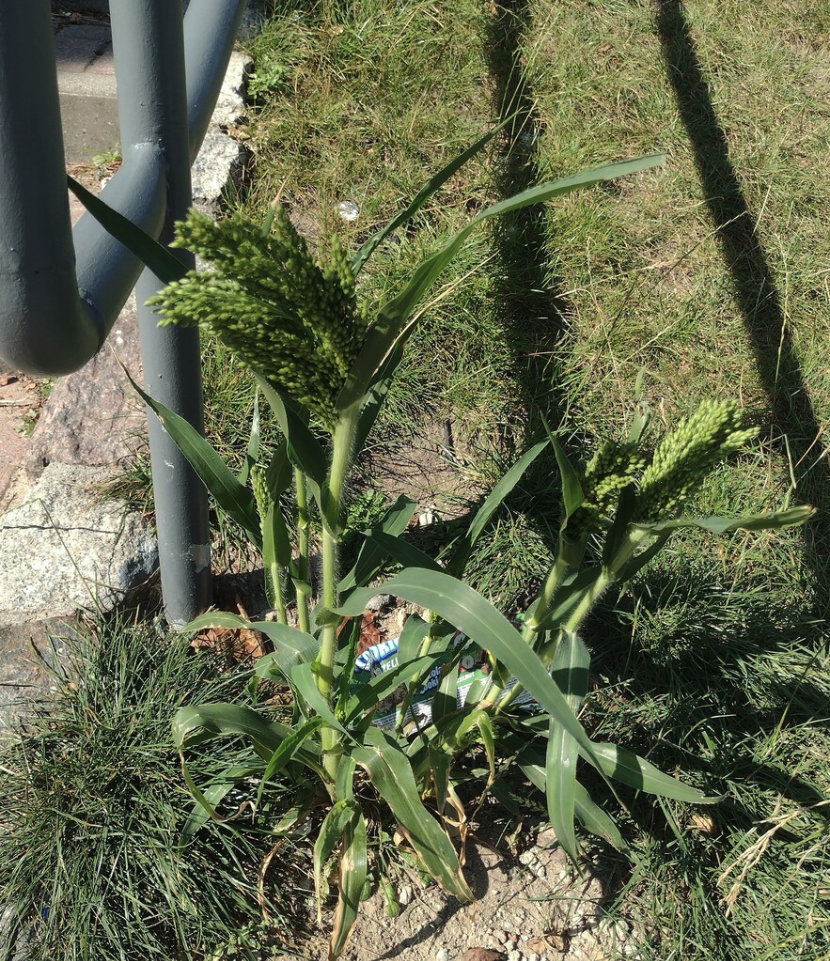
Proso millet
Panicum miliaceum
Warm season, drought tolerant annual grass preferring moist to dry conditions in a range of soil types, including poor, thin soils; shallow-rooted. Intolerant of high salinity. One of the lowest water requirements of any grain species. Fast to establish and grow, reaching maturity quickly. Plant for erosion control, in rotations with winter annuals, or into stubble fields in a double crop system. Leafiness, palatability and forage yields are lower than many other annual hays such as Foxtail millet (Setaria italica). Excellent in wildlife food plots for game birds.
- Growing Region: Midwest, Southeast
- Blooms:
- Life Form: Grass
- Application Type: Agriculture Products, Agriculture Products, Erosion Control
- Height: 1-3 ft